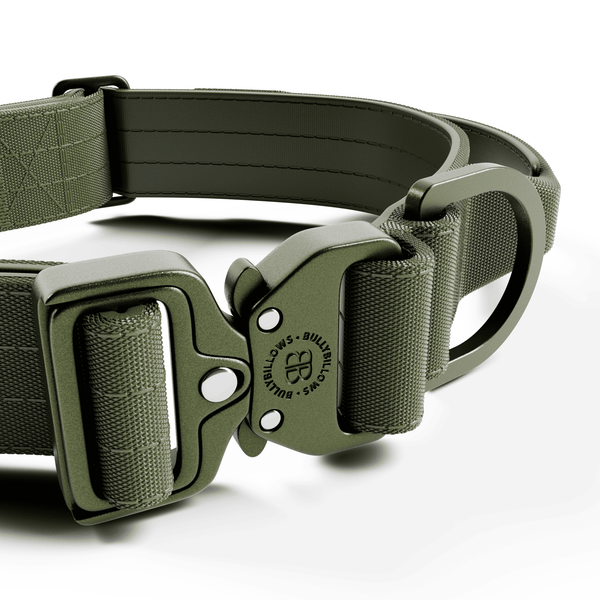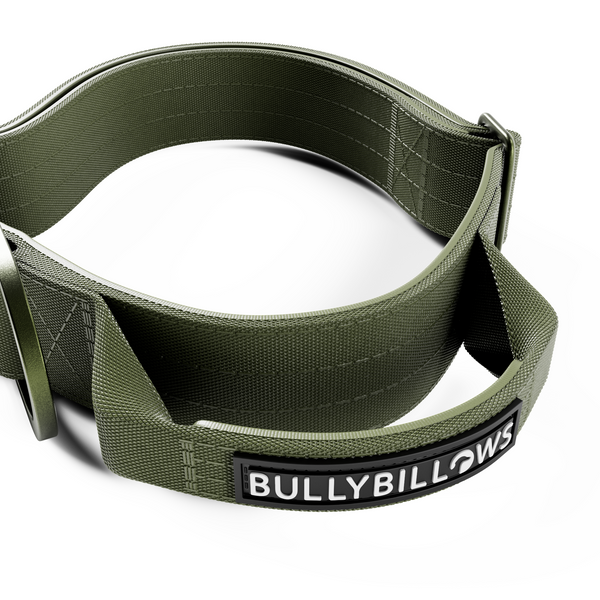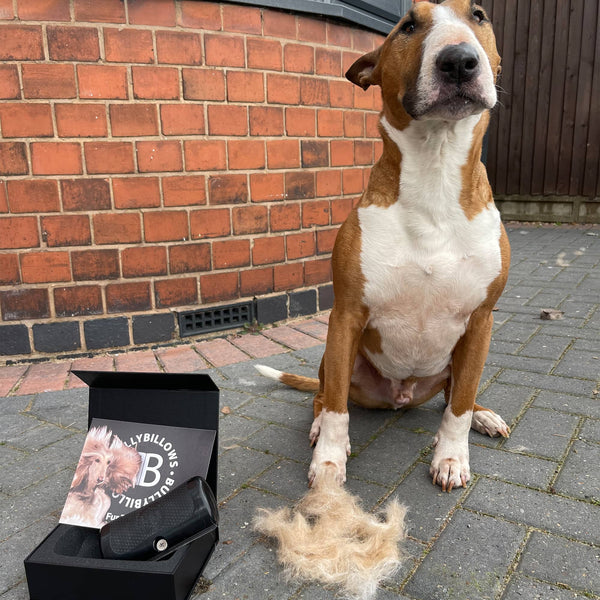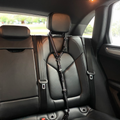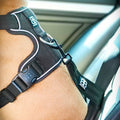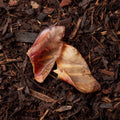Puppies spend about 18-19 hours of their little lives snoozing, while the typical adult dog spends around 12-16 hours of the day sleeping—but do dogs dream and can they have nightmares?
As much as we’d love to, we can’t just strike up a conversation with our beloved furry friends to ask them, so we have to rely on science.
Here, we explore if dogs and puppies dream as we do, how to spot the tell-tale signs of a canine dream or nightmare, and what to do if you think your pooch is distressed mid-slumber.
Keep reading to learn more about how your fur baby operates during naptime…
Do dogs dream?
Yes, dogs are believed to dream when they sleep, just like we do, because their brains aren’t actually that different from ours in terms of structure and cognition.
Respected veterinary health expert, Dr. Gary Richter explains:
“Dog brains are very similar to human brains on a structural level so their brainwaves and brain activity while sleeping are similar to humans".
Some dogs dream (good or bad) longer than others. Small dogs, for example, dream for around 60 seconds every 10 minutes or so, while larger breeds dream for around 5 minutes with about an hour between each.
The science behind dog dreams
Have you ever wondered what’s going through your pooch’s head when they’re making noises or twitching in their sleep? Well, the science says that there’s a strong chance they’re reacting to something happening in a dream.
Research shows that, just like humans, dogs go through various sleep stages during any one sleep cycle. This includes everything from light sleep to REM (rapid eye movement) sleep, which is much deeper and where vivid dreams start to take place.
Dogs are believed to reach REM after around 20 minutes of being asleep but you’ll know if your pooch is in the REM stage and in a dream state because that’s when the twitching and whimpering starts.

Do dogs have nightmares?
Interestingly, scientists actually believe that most vertebrates, including teeny tiny insects, have the cognitive ability to dream—but what about nightmares?
Although we can’t be 100% certain because (sadly) we can’t chat to our pets about what happened in their dreams, it is possible that if animals can dream, they can also experience nightmares.
These nightmares aren’t likely to be about monsters under the bed though because the contents or nature of a dog’s dream (pleasant or unpleasant) is believed to be influenced by their real-life experiences and primal instincts.
Keep reading to learn more about what dogs dream about…
What do dogs dream about?
As we mentioned above, scientists say that what dogs dream about is rooted in replaying what they’ve experienced in real-life, as well as innate, natural behaviours. This includes things like chasing, hunting, playing, running, swimming, etc.
It is also entirely possible, according to studies, that your dog(s) could be dreaming about you. You’re such a huge part of their lives that your face, your smell, and things you’ve experienced together can often appear in the dreams. Super cute, we know!
What do dogs dream about when they cry?
If your pooch is whimpering in its sleep, the chances are they’re dreaming about something distressing to them. Again, scientists believe this relates to real-life experiences and natural instincts in the same way positive dreams do.
So, if your dog is crying during sleep, it might be dreaming about fighting another dog, protecting its loved ones from danger, or even traumas such as separation anxiety (being left alone), fireworks, or thunderstorms.
How to tell if a dog’s dreaming
If your pooch is having a dream, you will likely be able to tell from a number of different physical and audible reactions.
Common signs that a dog is dreaming include:
- Whimpering or whining
- Growling under their breath
- Twitching their nose
- Twitching their paws
- Moving their legs in a running motion
How do you know if puppies are dreaming?
If a puppy is dreaming, it will display pretty much all of the same tell-tale signs we’ve covered above. However, as pups are still in the developmental phase of growth, something called ‘the pons’ comes into play.
The pons explained:
If you’ve never heard of the pons before, don’t worry, you’re not alone. The pons is part of the brain stem which helps control sleep cycles and regulate the various sleep stages. It is also what stops large muscles from moving during sleep.
In puppies, the pons isn’t yet fully developed and in elderly dogs, its function can start to decline—that’s why you tend to find that very young and old dogs twitch in their sleep way more than adolescent and middle-aged dogs.

Should you wake a dog up from dreaming?
You’ll have heard the saying, ‘let sleeping dogs lie’ and when it comes to knowing whether or not you should wake a dog up from a dream, this is a fairly good rule of thumb.
Firstly, it’s important for dogs of all ages to get the sleep they need and if you decide to wake them up every time they twitch or whimper, this will disrupt the vital natural sleep cycle.
Secondly, if a dog is having an unpleasant dream where it is in danger or reacting to a threat, it could potentially (and unknowingly) transfer this reaction to whoever wakes them up.
Being roused from a deep sleep can be disorientating and confusing for them so even if it’s a person they know and love, they might still react in an aggressive way to being woken up.
If you think your dog is severely distressed, try softly calling their name from a distance until they wake and then wait until they’re fully conscious from sleep to go and give them a comforting cuddle. If this is an ongoing problem and you become worried about your dog’s dreams, speak to your vet.
BullyBillows: the home of premium dog collars, leads, harnesses, accessories, and more…
We hope you’ve enjoyed our blog post about all things dog dreams! Hopefully next time you catch your furry friend twitching and whimpering in their slumber, you feel more confident about what’s going on, what they’re experiencing, and why.
Before you go, don’t forget to check out our full range of dog essentials, from dog leads and collars to harnesses and a whole host of other accessories.































